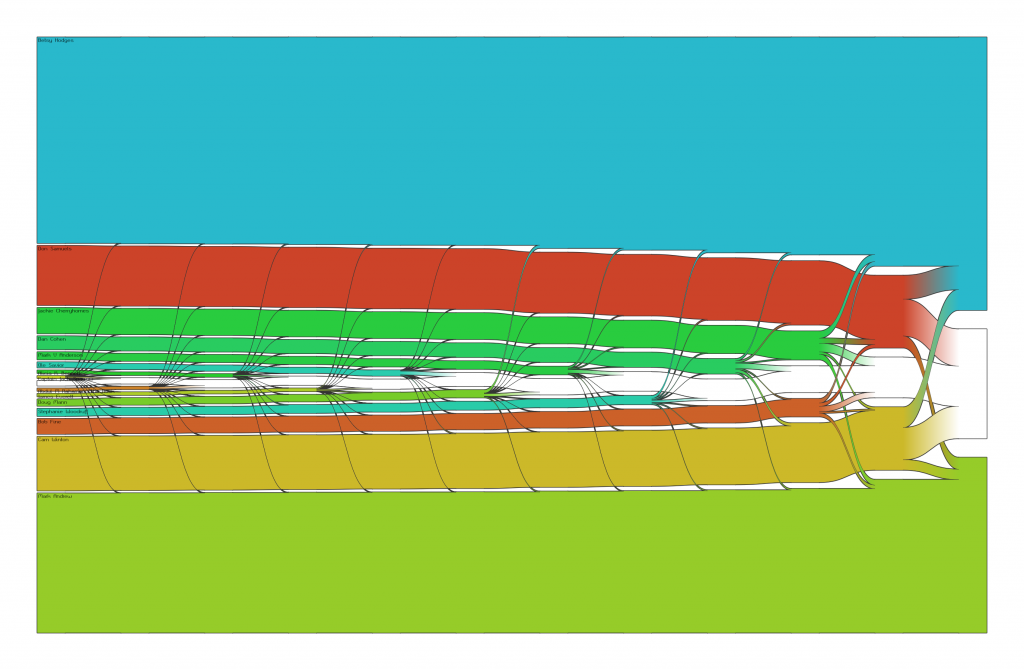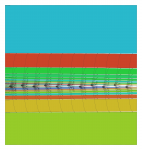Before bed last night, I was trying to sort out in my head the lineage and historical inter-relations between BKNR, TBNL, HTML-TEMPLATES, CL-WHO, and Hunchentoot. When my alarm went off this morning, I was having a dream about the Lisp community.
In my dream, there were about 50 Lispers on a prison plane. It was pretty much a commercial 737, but all of the passengers were wearing prison jumpsuits and the plane would never land. We were all just on the plane. We refueled in flight. (The dream had nothing to say about how we restocked with food or emptied the septic tanks. *shrug*)
There was a cage around/over the last three rows of the left side of the plane. The door to the cage was not locked, but everyone knew that you were only allowed to go into the cage if Edi let you. Edi Weitz was the top dog in this prison. The only reason the rest of us were still alive is because Edi hadn’t seen a reason to have us taken care of yet.
Didier Verna was the only person who was allowed to approach the cage if Edi were in it.
There wasn’t much turbulence, but we were flying through a thunderstorm. This had Nick Levine sitting at a window seat, looking out over the wing, nervously bobbing back and forth, and sipping whiskey with ice from a plastic cup.
The storm had Zach Beane pacing back and forth in the aisle.
Cyrus Harmon was sitting doing a crossword puzzle from the in-flight magazines, giggling to himself about Faré.
Faré was standing near the front of the plane throwing little packets of peanuts at everyone. He wasn’t trying to hurt people with them, but he was delighting in watching them bounce of the heads of people who weren’t expecting them (especially the back of Zach’s head when he was fifteen or twenty rows away).
Robert Goldman was trying to get some sleep, but was unable to do so because of the lack of leg-room, the bright cabin lights, and all of the packets of peanuts careening past.
There were a number of other Lisp-folk in this dream. For some of them, I don’t recall exactly what they were up to. For a few, it would probably be impolitic of me to say. 🙂




